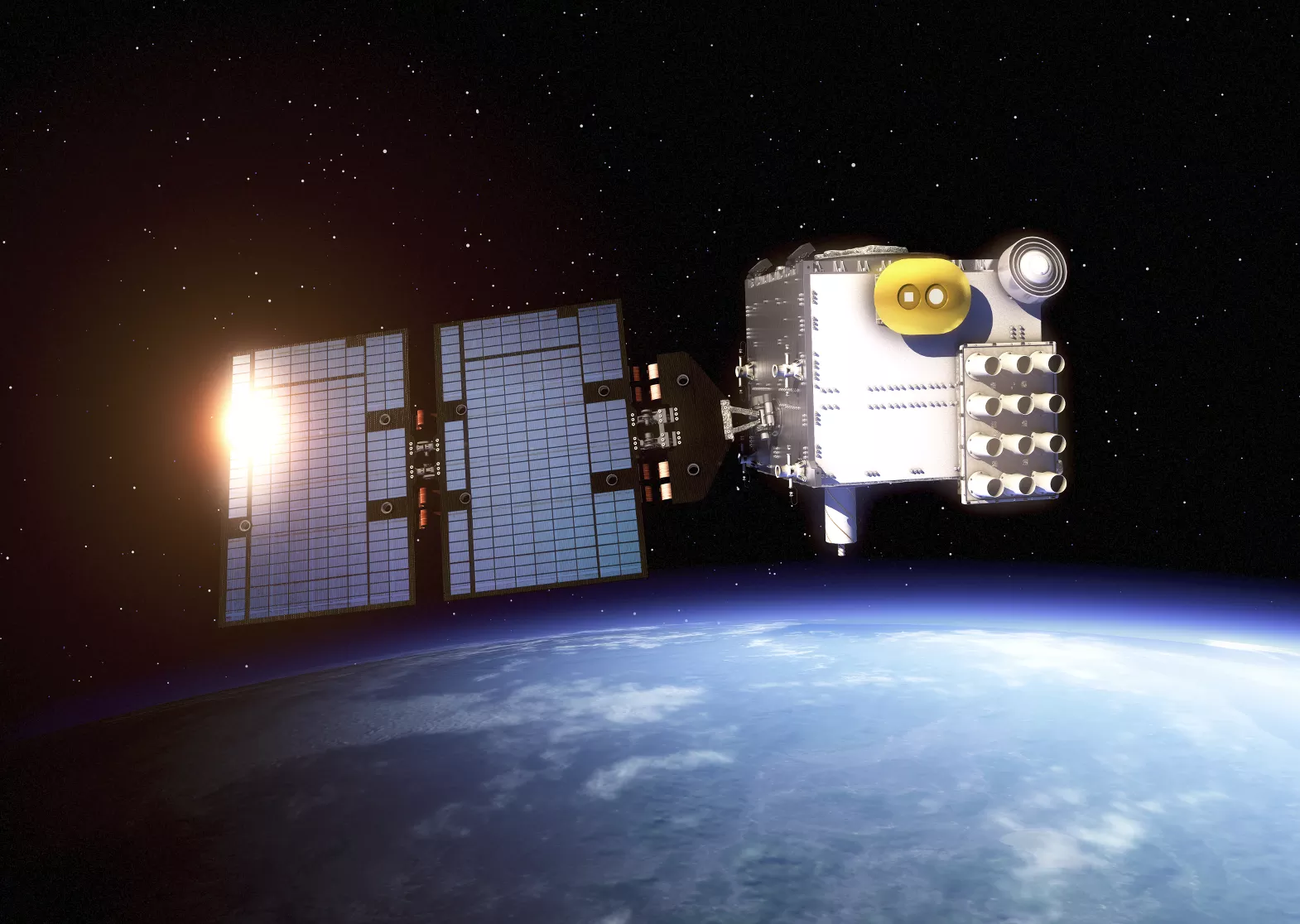
A joint satellite mission between the United States and Taiwan, called COSMIC-2 (Constellation Observing System for Meteorology, Ionosphere, and Climate), is helping scientists better understand and predict space weather events that can damage the nation’s power grid and threaten satellite communications.
COSMIC-2’s fleet of six satellites is providing an unprecedented quantity of data about the state of the Earth’s ionosphere—a region of the upper atmosphere where gasses are electrically charged by the Sun. One important phenomenon that COSMIC-2 will help monitor is called ionospheric scintillation, which can affect satellite communications and navigation systems by changing how radio waves travel through the ionosphere. Severe scintillation conditions can prevent a Global Positioning System’s (GPS) receiver from locking on to the signal and can make it impossible to calculate a position, while less severe conditions can reduce the accuracy of a GPS-indicated position.
"New observations and space weather products from COSMIC-2 will help our forecasters identify disturbances in Earth's upper atmosphere, particularly over oceanic regions not monitored by ground-based receivers. These observations will help us provide improved support to users of global navigation satellite systems (GNSS)," said Rob Steenburgh, a space scientist at NOAA's Space Weather Prediction Center.
These new capabilities from COSMIC-2 will be especially important as we continue heading through Solar Cycle 25, which is a period of increased solar activity that is expected to peak in 2025. It will help scientists better predict the impact of all space weather types, from radio blackouts to geomagnetic storms and solar radiation storms.
—
COSMIC-2 is a network of six small satellites designed to improve weather prediction, climate research and space weather monitoring capabilities. Owned and operated by the Taiwan authorities, the mission is a joint collaboration between NOAA, the U.S. Air Force, U.S. Space Force, Taiwan’s National Space Organization (NSPO), and the University Corporation for Atmospheric Research. In Taiwan, the mission is known as FORMOSAT-7. Learn more about this mission here.